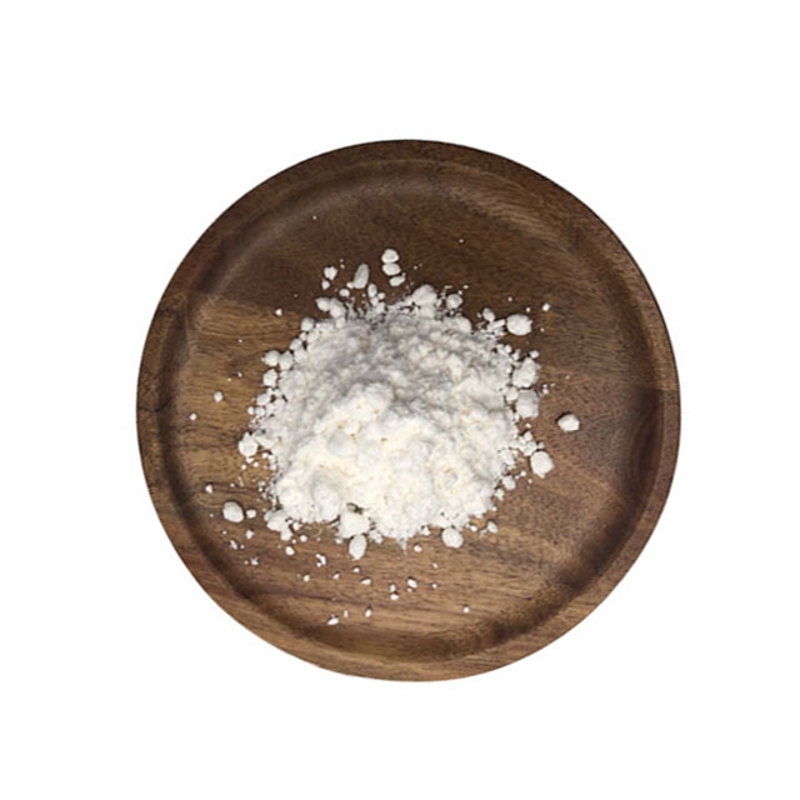PNAs: use PET imaging to observe whether PD-1 tumor immunotherapy is effective
-
Last Update: 2019-09-15
-
Source: Internet
-
Author: User
Search more information of high quality chemicals, good prices and reliable suppliers, visit
www.echemi.com
September 15, 2019 / Biogen / - -- PD-1 is a protein existing on the surface of our T cells, which can usually make these immune cells fail to function normally More and more anticancer drugs are designed to inhibit PD-1, so that patients' T cells can attack and kill cancer cells PD-1 blockers such as pembrolizumab (trade name keytruda) are useful in the treatment of several cancers, including melanoma, non-small cell lung cancer, renal cancer, bladder cancer and head and neck cancer But these drugs don't work for everyone, because not everyone's tumors respond to PD-1 blockers the same way "The problem with immunotherapy is that it's hard to track the response and see if there's an effective response," said Dr Mohammad rashidian, who previously worked on the cell and molecular medicine project at Boston Children's hospital This is partly because in metastatic cancer, there may be many lesions in different parts of the body, and tumor cells can exist in different forms However, PET imaging can be used to see whether specific tumor lesions respond to treatment because it provides a whole-body scan Capture the response of killer T cells to PD-1 blockade in a new study, in a colorectal cancer mouse model, rashidian and his colleagues targeted CD8 + T cells (also known as killer T cells) with very small antibody fragments called nanobodies, the main immune cells activated when PD-1 was suppressed These nanoantibodies carry radioactive labels that are displayed when pet is imaged This allowed them to observe the response of CD8 + T cells to treatment Using PET imaging, they imaged about 100 mice with colon cancer The related research results were recently published in PNAS journal The title of the paper is "immuno pet identities the myeloid party as a key contributor to the outcome of the ANTIUMOR response under PD-1 blockade" Picture from PNAs, 2019, DOI: 10.1073/pnas.1905005116 "If we don't fail, we can see whether these mice respond, CD8 + T cells proliferate, migrate from the surrounding areas and infiltrate into the tumor core," rashidian said You can see that the tumor has shrunk " Rashidian believes these results may be useful for oncologists to assess the sustained response to immunotherapy PET imaging has been used in clinic, and nano antibody has been used in patients Drugs based on nano antibody have been approved by FDA recently In the second part of this study, the rashidian team explored how PD-1 inhibitors affect the overall tumor "microenvironment," which includes immune cells responsible for phagocytosis of dead and dying tumor cells They sequenced single cell RNA one by one to see which genes were turned on or off "We want to see how the immune system changes in tumors that respond to PD-1 inhibitors," rashidian said In mice that responded to PD-1 blockers, the environment around the tumor became worse For example, macrophages, an immune cell, have evolved into a more "antitumor" state, secreting more signals to help activate CD8 + T cells Dr hidde ploegh, co-author of camel led the trend paper, recently used a similar kind of nano antibody - an antibody specific to camel and its close relatives llama and alpaca to enhance the efficacy of car-t cell immunotherapy on solid tumors (see Biovalley report for related news: car-t cells based on nano antibody are expected to treat solid tumors) In this study, car-t cells were introduced with nano antibodies targeting specific proteins in tumor environment These genetically engineered T cells kill tumor cells, significantly delaying tumor growth and prolonging the life of mice with melanoma and colon cancer (BIOON Com) reference: 1 Mohammad rashidian et al Immunity pet identities the myoid composition as a key contributor to the outcome of the antimor response under PD-1 blockade, Proceedings of the National Academy of Sciences (2019) Doi: 10.1073/pnas.1905005116 2 PET imaging shows if PD-1 cancer immunity is working https://medicalxpress.com/news/2019-08-pet-imaging-pd-cancer-immunotherapy.html
This article is an English version of an article which is originally in the Chinese language on echemi.com and is provided for information purposes only.
This website makes no representation or warranty of any kind, either expressed or implied, as to the accuracy, completeness ownership or reliability of
the article or any translations thereof. If you have any concerns or complaints relating to the article, please send an email, providing a detailed
description of the concern or complaint, to
service@echemi.com. A staff member will contact you within 5 working days. Once verified, infringing content
will be removed immediately.







